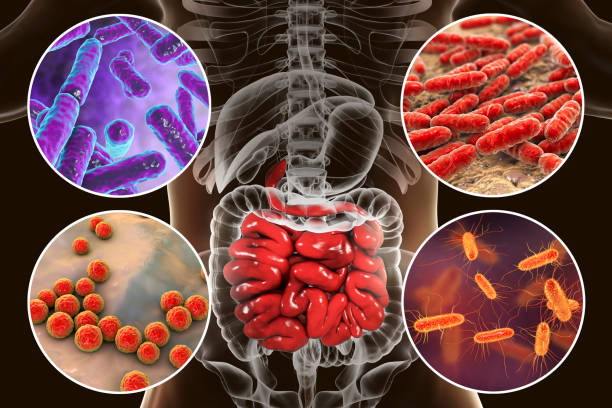TOTAL COLIFORM

Parameter Type: Drinking Water Testing for Volatiles
Parameter Name: Total Coliform
What it is and Where it Comes From:
Coliforms are bacteria that are always present in the digestive tracts of animals, including humans, and are found in their wastes. They are also found in plant and soil material. Total coliform bacteria are common in the environment (soil or vegetation) and are generally harmless. If a lab detects only total coliform bacteria in a drinking water test, the source is probably environmental and fecal contamination is unlikely. However, if environmental contamination can enter the system, pathogens could get in too. It is important to find and resolve the source of the contamination with drinking water testing. Total Coliform is relatively easy to identify, is usually present in larger numbers than more dangerous pathogens, and respond to the environment, wastewater treatment, and water treatment similarly to many pathogens. Drinking water testing is the only reliable way to tell if bacteria is present in your water. You cannot tell by the look, taste, or smell of the water if disease-causing organisms are in it. Safe Home offers two platforms of drinking water testing for total coliform. Drinking water testing for bacteria in well water is the most common. However, the Safe Home bacteria in water test kits can test any water supply including city water, well water, cisterns, and more. The first platform is Do-It-Yourself drinking water testing for bacteria, allowing you to perform testing for coliform bacteria in the comfort of your own home. The second platform is a Laboratory drinking water testing kit for total coliform bacteria, allowing you to collect your water sample and ship it directly to our EPA-Certified Laboratory.
Health Effects:
Most coliform bacteria do not cause disease. However, if ingested from drinking water it can contribute to gastrointestinal illnesses such as severe diarrhea, nausea, and possibly jaundice as well as associated headaches and fatigue. It is important to note, however, that these symptoms are not associated only with disease-causing organisms in drinking water. They may also be caused by several other factors. In addition, not all people will be affected to the same degree; young children and the elderly are usually more susceptible. Note: The presence of coliform bacteria could indicate the presence of more serious pathogens, that could cause death in animals and humans.
Solutions to Contaminant Levels:
Total Coliform Bacteria (including E. coli) can find their way into drinking water supplies, especially in private wells. It is recommended that owners of private wells preform drinking water testing 4-12 times/year, for Bacteria (based on the results of drinking water testing history). There are many ways to remove bacteria from your drinking water. The Shock Chlorination: In some cases, coliform bacteria can be introduced to a well water or spring water from a one-time or temporary contamination event such as a heavy rainstorm or installation of a new submersible pump. Shock chlorination can be used to disinfect well water or spring by introducing a high concentration of chlorine to the water for a short time. Retest the well water or spring for coliform bacteria within 10 to 14 days of disinfection, plus additional follow-up testing. If the follow-up coliform bacteria tests are negative, it is likely that a onetime contamination event occurred that has been successfully treated. If the bacteria have returned, you will need to consider a continuous disinfection treatment system. Chlorination treatment systems are basically composed of a feed system that injects a chlorine solution (sodium hypochlorite) or dry powder (calcium hypochlorite) into the water ahead of a storage tank. Most chlorinators use positive displacement feed pumps to meter the chlorine into the water. Other units may use suction-type chlorinators or pellet droppers to deliver the chlorine. Ultraviolet (UV) light has become a popular option for disinfection treatment because it does not add any chemical to the water. However, UV light units are not recommended for water supplies where total coliform bacteria exceed 1,000 colony forming units per 100 mL or fecal coliform bacteria exceed 100 colonies per 100 mL. Another option is boiling water. Boiling water for about one minute effectively kills bacteria. This method is frequently used to disinfect water during emergencies or while camping.


